The only difference between myself and a madman is that I am not mad
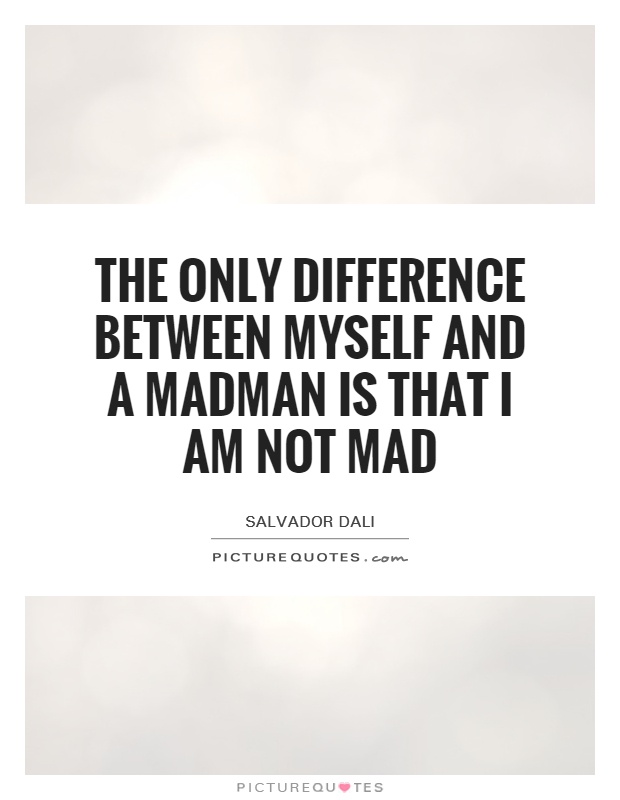
The only difference between myself and a madman is that I am not mad
Salvador Dali, the renowned surrealist artist, was often associated with eccentric behavior and outlandish statements. One of his most famous quotes is, "The only difference between myself and a madman is that I am not mad." This statement encapsulates Dali's unique perspective on art, creativity, and the human psyche.Dali's art was characterized by its dreamlike imagery, distorted figures, and bizarre juxtapositions. He often explored themes of the subconscious mind, sexuality, and the passage of time. His work challenged traditional notions of reality and pushed the boundaries of artistic expression. Dali's paintings, such as "The Persistence of Memory" and "The Elephants," are iconic examples of his surrealistic style.
In many ways, Dali's statement about madness reflects his own approach to art. He believed that true creativity required a certain level of madness or eccentricity. Dali embraced his own eccentricities and used them to fuel his artistic vision. He saw madness as a source of inspiration, rather than something to be feared or avoided.
However, Dali also recognized the importance of maintaining a sense of control and self-awareness. He understood that there was a fine line between artistic genius and true madness. By acknowledging this distinction, Dali was able to channel his creativity in a productive and meaningful way.
Dali's statement can also be interpreted as a commentary on the nature of artistic genius. Many great artists throughout history have been considered eccentric or even mad. Their unconventional behavior and radical ideas often set them apart from society. Yet, it is this very madness that allows them to see the world in a different light and create art that is truly groundbreaking.

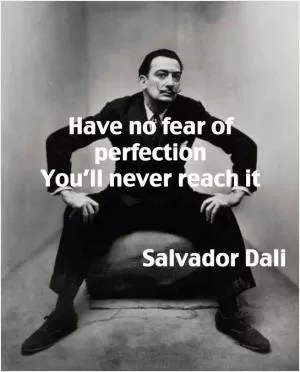

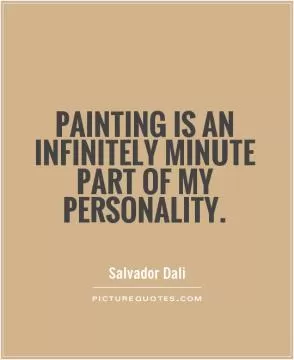
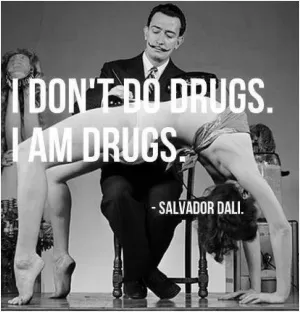
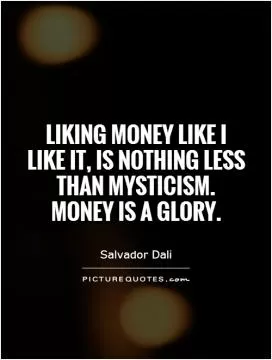






 Friendship Quotes
Friendship Quotes Love Quotes
Love Quotes Life Quotes
Life Quotes Funny Quotes
Funny Quotes Motivational Quotes
Motivational Quotes Inspirational Quotes
Inspirational Quotes